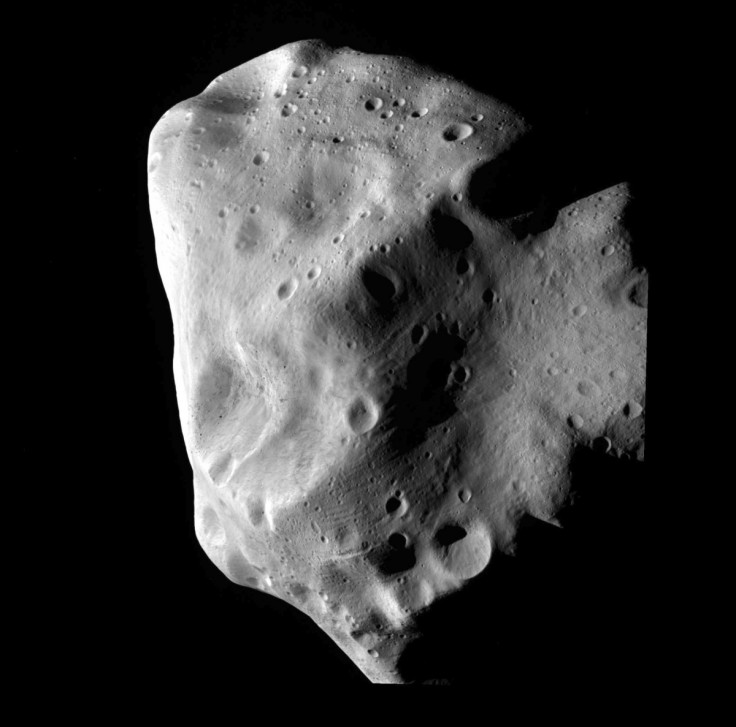Nasa Classifying Only 10pc of Potentially Dangerous Asteroids

Nasa's heavily funded tracking programme has just a 10% chance of detecting potentially dangerous near-earth objects. The agency however is capable of precisely detecting larger pieces of asteroids.
A recent audit of Nasa's near earth objects (NEO) programme by its office of Inspector General reveals that when it comes to medium-sized asteroids large enough to escape being burnt in the Earth's atmosphere, only about 1 in 10 are detected, reports Reuters.
Near-earth objects bombard the earth daily with around 100 tonnes of rock and dust vaporising high up in the atmosphere. While the smaller ones burn, those above 100 metres reach earth. This can happen as frequently as every 30-40 years.
The last time was in February 2013 when an 18-metre meteor exploded in the skies above the city of Chelyabinsk, Russia, with the force of 30 atomic bombs, blowing out windows, destroying buildings and injuring 1000 people with a rain of debris.
In 1992, Nasa began identifying, characterising and tracking the NEOs. It concluded that those above 1km in size were dangerous and was mandated by Congress to characterise the orbits of all the comets and asteroids bigger than a kilometre.
But despite being amply funded, by 2009 it had identified only 10% of all asteroids. The audit has said that the agency will not be able to meet the goal of identifying 90% of such objects by 2020.
Over the past five years the budget to track NEOs has been raised 10-fold from $4 million to $40 million but with little improvement in tracking capabilities.
The audit placed the programme's inadequacy to a lack of programme oversight, objectives, and established milestones.
The Nasa management has since concurred with the findings and promised to act on the Inspector General's recommendations.
© Copyright IBTimes 2024. All rights reserved.





